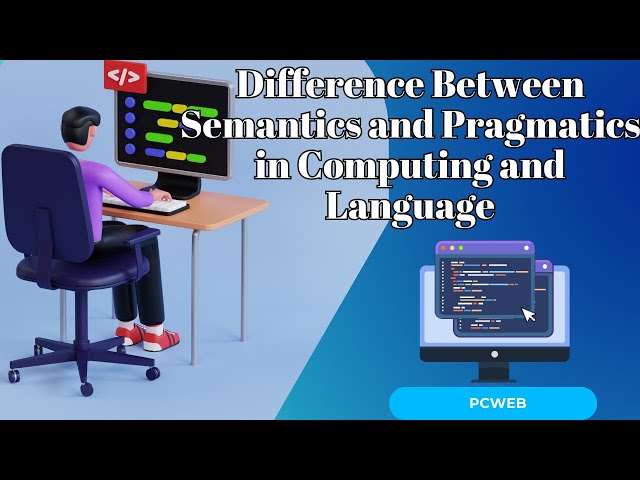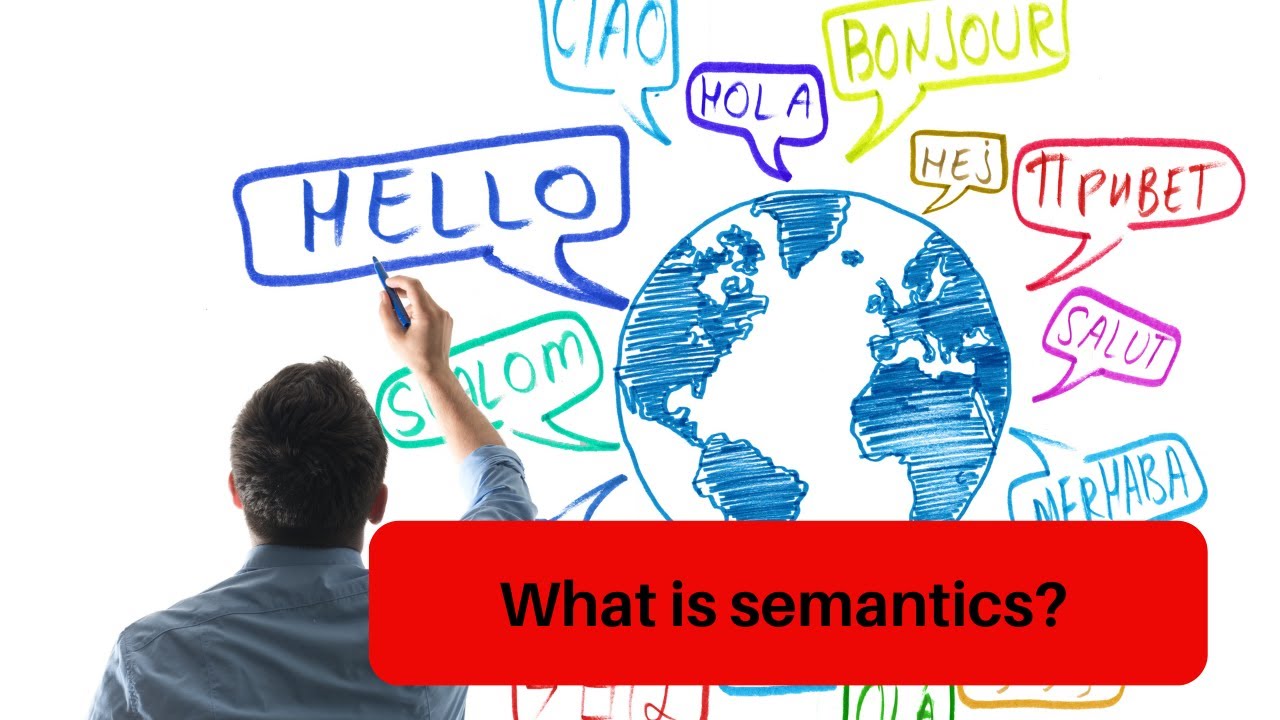
Difference Between Semantics and Pragmatics in Computing and...
4K views · Sep 21, 2024 pcweb.info
Difference Between Semantics and Pragmatics in Computing and Language Have you ever wondered why two people can hear the same sentence but interpret it differently? In the world of computing, just like in human communication, words and meaning are far more complex than they seem. This is where the concepts of semantics and pragmatics come into play—two essential elements of how we interpret language in computing and artificial intelligence. Semantics focuses on the literal meaning of words and sentences. It deals with the relationship between signifiers—like words and phrases—and what they actually refer to. For example, in programming or natural language processing (NLP), semantics is crucial for understanding the explicit meanings of commands or inputs. When we say "apple," semantics identifies it as a fruit, a company, or perhaps a symbolic reference depending on the context provided. On the other hand, pragmatics looks beyond the literal meaning and examines how context, intention, and implied meaning influence communication. In computing terms, this is where AI must grasp not just the words themselves but the circumstances surrounding them. Imagine asking a voice assistant, “Can you open the window?” The literal meaning might suggest physically opening a window, but pragmatically, you might be referring to a software window. The ability of machines to understand this nuance is what separates basic algorithms from advanced artificial intelligence. Why is this distinction important? In the development of machine learning, AI, and NLP systems, understanding both semantics and pragmatics ensures more accurate human-computer interaction. While semantics helps an AI identify the concrete meanings of words, pragmatics helps it understand the user’s true intentions. Together, they improve both accuracy and usability. For those diving into programming or AI, mastering both aspects can enhance the development of systems capable of human-like communication. By integrating semantic and pragmatic principles, your algorithms can provide smarter, more relevant responses to user queries. So, next time you work on a chatbot or voice assistant, remember—semantics tells the machine what is being said, but pragmatics tells it what is meant. What real-life examples have you encountered where semantics and pragmatics have led to miscommunication? Share your thoughts in the comments, and let's discuss! See more: Semantic Search: The Future of SEO Excellence https://youtu.be/1oBeEICERPo #SemanticsVsPragmatics #AICommunication #NLPTechniques

National Grammar Day: Celebrating the Beauty and Importance ...
10K views · Feb 6, 2024 pcweb.info
Join us as we delve into the significance of National Grammar Day, exploring the intricacies of language and its impact on communication and society. From grammar rules to evolving linguistic trends, this video is a comprehensive guide to the world of words.

What is semantics? Video blog
6K views · Jul 31, 2023 pcweb.info
What is semantics? Video blog In computing, semantics plays an essential role in natural language processing (NLP). Automatic understanding of human language by machines is a complex challenge, as the meaning of words and sentences can be ambiguous or context-dependent.